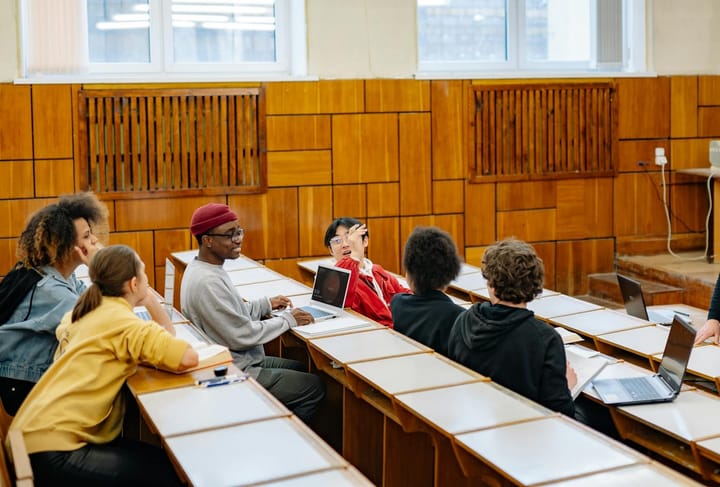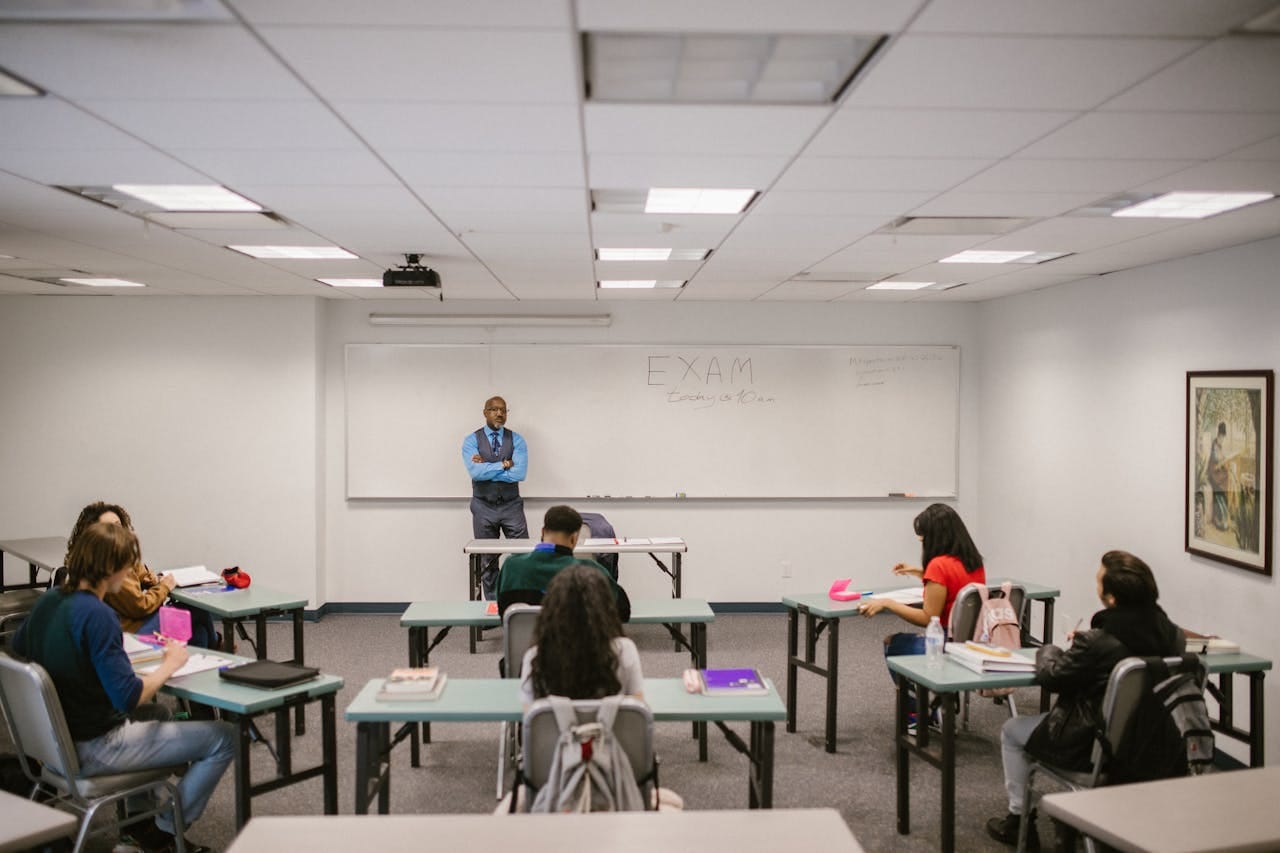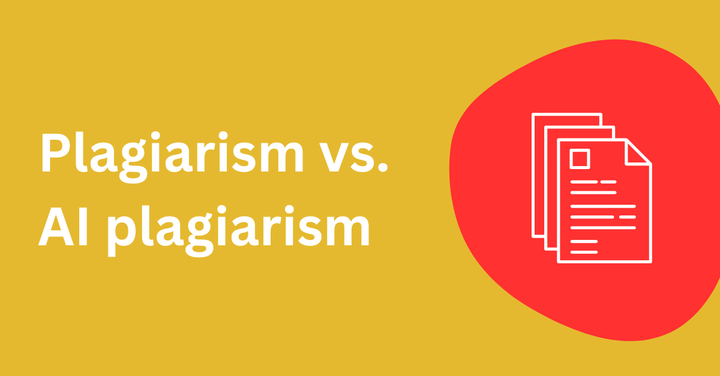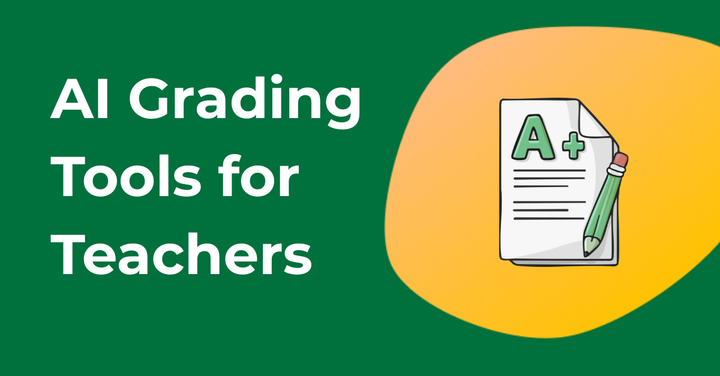How are teachers actually using AI in their classrooms in 2025?
How are teachers actually using AI in their classrooms? We asked hundreds and found key trends you can use for the new school year.

AI tools seem to be moving faster than a lot of us can keep up. With the release of GPT-5 and other models taking the world by storm, teachers are now facing the issue of updating their school’s AI policy for tools like GPTZero while getting their heads around the tools themselves.
Last year’s guidelines might not be fit for purpose in 2025. The landscape has changed so quickly that the conversation has moved beyond whether or not AI can be in the classroom. Instead, it’s about setting responsible and realistic terms of use.
We asked hundreds of teachers directly about how they’re using AI and what their policies look like, and several key trends emerged. We’re sharing them here to help you revise your AI policy for Fall 2025.
Teachers are using AI in the classroom as well
Of course, the main ethical questions at the moment are around how students use AI. But what we found when we talked to teachers is that they are adopting the tools themselves, using them to save time and tackle their workload.
As one American high school teacher shared: “This year I am teaching a biology course, and every document, slide deck, assignment, and assessment has been and will be made by either ChatGPT-4o or Copilot. My goal is to determine whether constructing a course with generative AI is a viable strategy. To be clear, I am adding visuals and text so that it is up to my standards but fundamentally, no textbook, no other materials, just AI.”
Michael Setiawan, an Assistant Professor of English Language, put it simply: “I usually use Copilot and ChatGPT to gather ideas, stories, or case studies for class discussions. This is quite useful when I need to have some stories or cases which meet our expectations or are tailored to our specific needs, or when I need them fast.”
For many teachers, AI has become a sort of assistant in their workflow. Maria Alejandra Cedeño González, tutor and graduate student, explained: “I’ve been using ChatGPT to create engaging practice materials and discussion questions for my students. It helps me tailor lessons to different skill levels. I also use GPTZero to check if student work might be AI generated, and Turnitin to ensure originality. This combination keeps the learning creative but still fair.”
Jessica K, 9-12 teacher and a university professor in design, highlighted how AI fills a gap in her own training: “I use a few AI tools. First I use Perplexity to make Rubrics and since I went school to be a designer, and rubrics didn’t exist, Perplexity has been a godsend. I use some ChatGPT - when I need a quick ‘original’ story, I give parameters and ChatGPT cranks out a story for them to illustrate.”
What this means for you: Consider experimenting with one new AI tool yourself each semester, maybe for creating practice questions drafting lesson materials. Notice what you were surprised by and where it helped you - and what it couldn’t replace in your process.

AI policies are evolving from bans to “permission with conditions”
A couple of years ago, when ChatGPT was still brand new, many syllabi veered towards vague warnings or total bans, as there was generally a sense of avoidance in classrooms. In 2025, AI cannot be ignored. This has forced policies to become more sophisticated and also specific, by making it clear what’s allowed and how students should disclose AI use.
Maria Alejandra has built clear rules into her syllabus: “My syllabus clearly states that students can use AI tools like ChatGPT as learning aids, but they must cite any AI material. We also use Turnitin for plagiarism checks and GPTZero for AI detection. The main rule is: AI can help you learn, but it can’t do the learning for you.”
Jessica K has also set her expectations explicitly: “I DO have an AI policy that is spelled out in my Course Expectations which includes the use of GPTZero to evaluate potential AI content to make them more aware of the ways they use words to describe projects, etc.”
For James Abela, Director of Digital Learning and Entrepreneurship, AI has become a way to spark critical thinking: “We’ve been using NotebookLM, encourage students to try it to see if it helps them to make sense of texts, then ask them to evaluate what it produces. It’s a good way to encourage criticality of what an AI produces.”
What this means for you: Update your syllabus so it makes it really clear what is and isn’t allowed - similar to how you would create citation rules. Spell out how AI tools are acceptable or not (perhaps with brainstorming or summarisation), and explain how students need to disclose AI use.

The case for AI detection tools is being reframed
Earlier this year, we spoke to Eddie del Val (who teaches composition at Mt. Hood Community College in Oregon) about how he integrated GPTZero into his classroom. This kind of approach is now more common, as detection tools like GPTZero popped up in almost every teacher response. More and more teachers are moving away from being anti-A.I to becoming A.I.-forward.
This means that instead of pure policing, many teachers are using GPTZero to inspire reflection and revision. Michael Setiawan shared his approach: “I ask students to use GPTZero to analyze and evaluate the originality of their text. If the result generated by GPTZero indicates that the text was written by AI, mixed, or shows less than 80% confidence that it was written by a human, students should revise their work again.”
A high-school biology teacher told us: “AI detection is where the conversation begins. You need to ask ‘why’ did the student think they should use AI inappropriately, not how should they be punished.”
Included in the discussion of tools and rules, there was also an emphasis on a deeper issue: students often turn to AI when they feel their effort doesn’t matter. The same teacher reflected: “One of the reasons students use AI is that they do not think their teacher cares about their work. Knowing why they are doing course work can be a powerful motivator.”
What this means for you: Instead of defaulting to tools like GPTZero as a detection method, consider it an ally in building AI literacy in your classroom. Use GPTZero as a way to show your students what responsible AI looks like.
So where do we go from here?
We think Michael Setiawan said it well in his response: “AI use is inevitable, but we can help guide our students to learn the boundaries by setting up clear expectations and rules of dos and don'ts of responsible AI use.” This is the heart of the issue. Mindful AI usage begins with how teachers use their classrooms to set foundations: this will ultimately help to determine their students’ AI literacy in the future.


